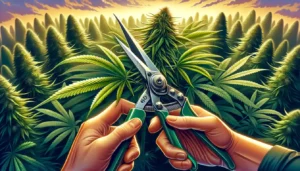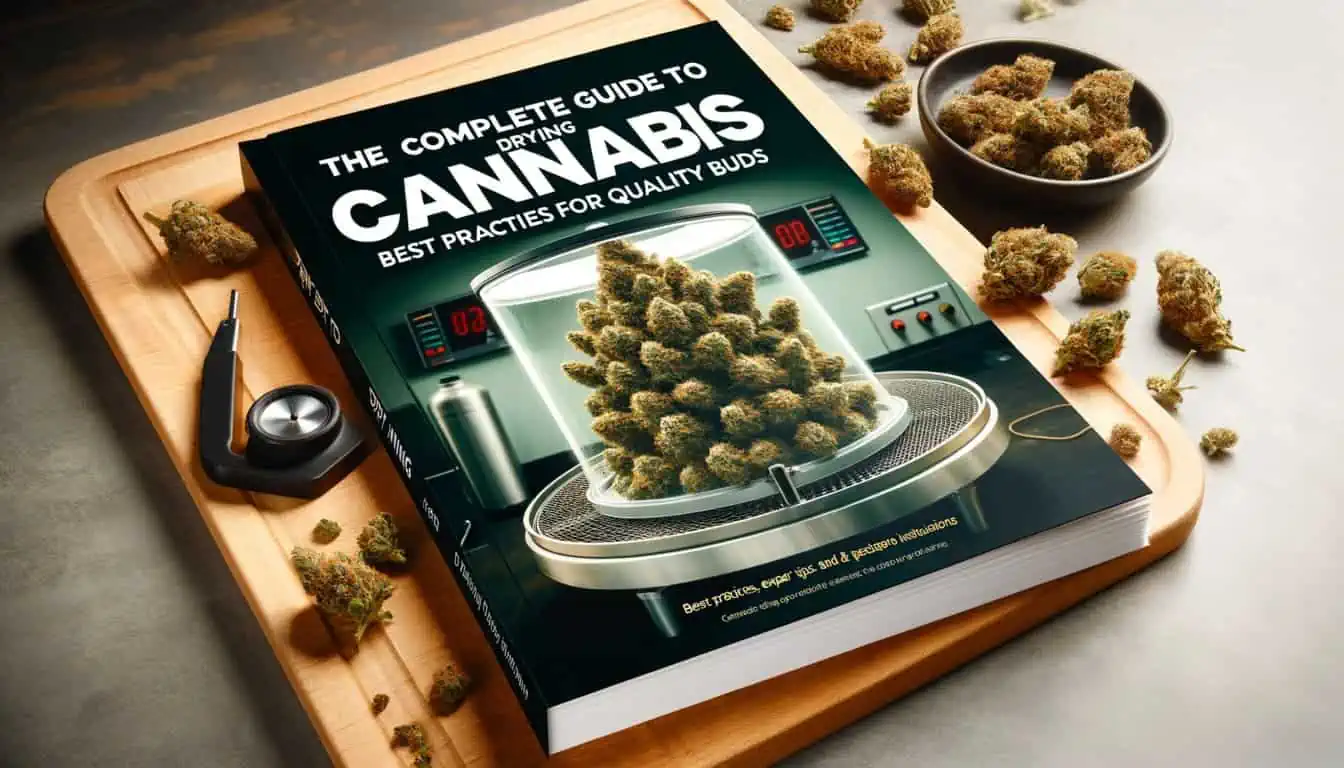This professional guide provides comprehensive insights into the critical process of drying cannabis buds. It encompasses best practices, expert tips, and step-by-step instructions to ensure the drying process results in quality cannabis buds. The guide will delve into the importance of the drying process, the ideal conditions for drying, the duration it should take, common mistakes, and how to maintain quality in the process.
Understanding the Importance of Drying Cannabis: Why is it Crucial?
Drying cannabis is a critical step in the cultivation process that greatly impacts the quality and potency of the final product. By understanding the importance of drying cannabis, growers can ensure that their buds reach their full potential.
Proper drying removes excess moisture from the buds, allowing them to develop their desired characteristics. This process not only prevents the growth of mold and mildew but also enhances the aroma, flavor, and potency of the cannabis. Without adequate drying, the buds may retain excessive moisture, leading to a harsh and unpleasant smoking experience.
- Preserving Cannabinoid Content:
Drying cannabis is crucial for preserving the delicate balance of cannabinoids, including THC and CBD, which are responsible for the plant’s psychoactive and therapeutic effects. Inadequate drying can cause the cannabinoids to degrade, resulting in a less potent product. By carefully controlling the drying process, growers can ensure that the buds retain their maximum cannabinoid content, providing a more enjoyable and effective experience for consumers. - Preventing Mold and Mildew:
Moisture is the enemy when it comes to cannabis cultivation. Excessive moisture in the buds can create an environment conducive to the growth of mold and mildew, which not only compromises the quality of the buds but also poses health risks. Proper drying ensures that the moisture levels are reduced to a safe level, preventing the growth of harmful contaminants and preserving the integrity of the buds. - Enhancing Aroma and Flavor:
Drying cannabis allows the terpenes, the aromatic compounds responsible for the distinctive smell and taste of the plant, to fully develop. These terpenes are volatile and can easily evaporate if the drying process is rushed or improperly executed. By taking the time to properly dry the buds, growers can ensure that the terpenes are preserved, resulting in a more flavorful and aromatic cannabis product.
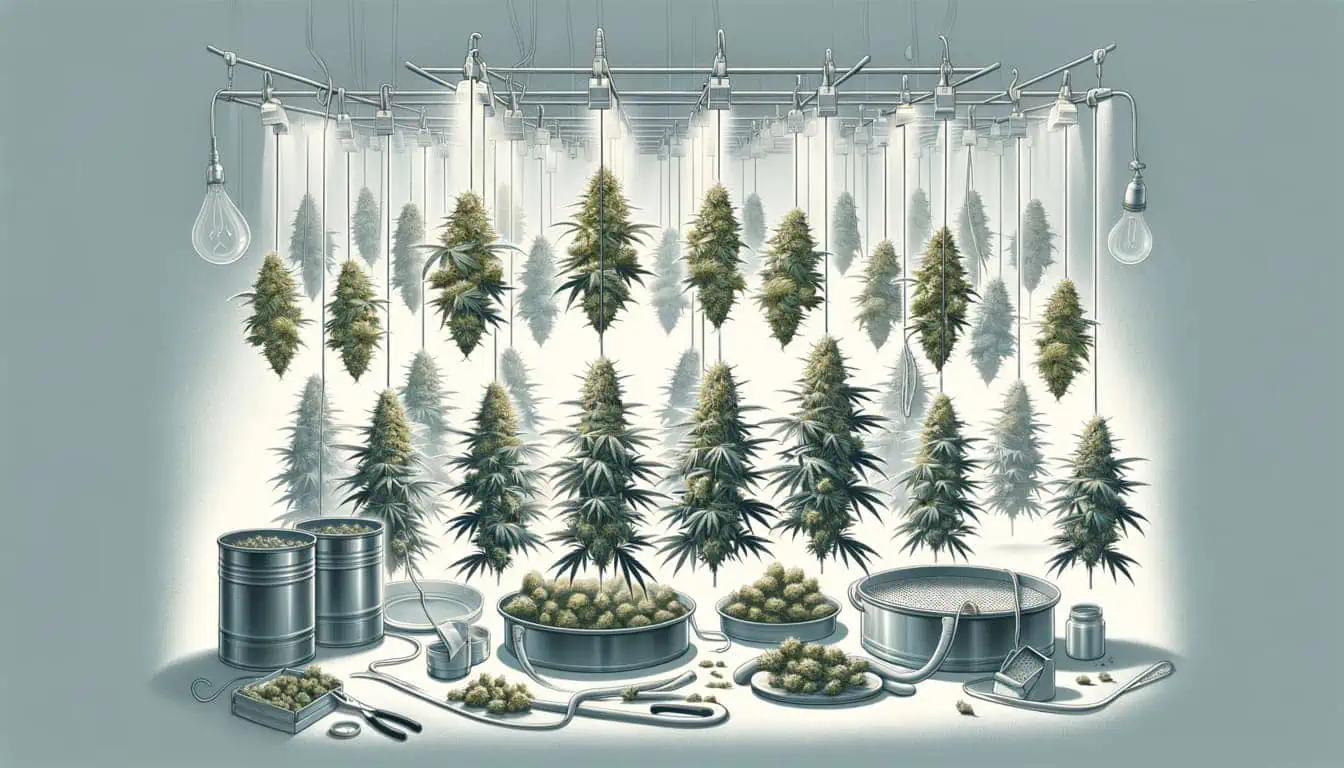
The Ideal Conditions: What are They?
To achieve the best results when drying cannabis, it is crucial to create and maintain the ideal conditions. These conditions include temperature, humidity, and airflow.
First, temperature plays a significant role in the drying process. The ideal temperature for drying cannabis is around 60-70°F (15-21°C). This range allows for a slow and controlled drying process, ensuring that the buds retain their potency and aroma. Higher temperatures can cause the buds to dry too quickly, resulting in a harsh and less flavorful end product. On the other hand, lower temperatures can prolong the drying process, increasing the risk of mold and mildew development.
Secondly, humidity levels are vital in drying cannabis. The optimal humidity range for drying cannabis is between 45-55%. This range helps to prevent the buds from drying too quickly or retaining excessive moisture. High humidity levels can promote the growth of mold, while low humidity levels can cause the buds to dry too quickly, leading to a loss of potency and flavor. It is essential to monitor and adjust the humidity levels regularly during the drying process to maintain the ideal conditions.
Finally, airflow is crucial for proper drying. Sufficient airflow helps to remove moisture from the buds and promote even drying. It is recommended to use fans or other ventilation systems to circulate the air around the drying area. However, it is important to strike a balance. Too much airflow can cause the buds to dry too quickly, while insufficient airflow can lead to mold growth. Finding the right balance of airflow is key to achieving the ideal conditions for drying cannabis.
Optimal Duration for Drying Cannabis: How Long is Too Long?
Determining the optimal duration for drying cannabis is crucial to maintaining the quality and potency of the buds. It is essential to strike a balance between drying too quickly and drying for too long.
The general guideline for drying cannabis is approximately 7-10 days. However, this timeframe can vary depending on various factors such as the humidity levels, temperature, and the density of the buds.
Drying cannabis too quickly can result in harsh smoke and a loss of potency. The outer layer of the buds may dry out quickly, while the inner portions remain moist. This can lead to an uneven drying process and a subpar end product.
On the other hand, drying cannabis for too long can also have negative consequences. If the buds are left to dry for an extended period, they may become excessively dry and brittle. This can cause the buds to crumble and lose their potency and flavor.
To determine the optimal duration for drying, it is recommended to monitor the moisture content of the buds regularly. One common method is to use a hygrometer to measure the moisture levels. When the buds reach a moisture content of around 10-15%, they are considered dry enough for further processing and curing.
It is important to note that the drying process may vary depending on the strain of cannabis and personal preferences. Some growers may prefer a slightly longer drying time for a smoother smoke, while others may opt for a shorter duration for a more potent experience.
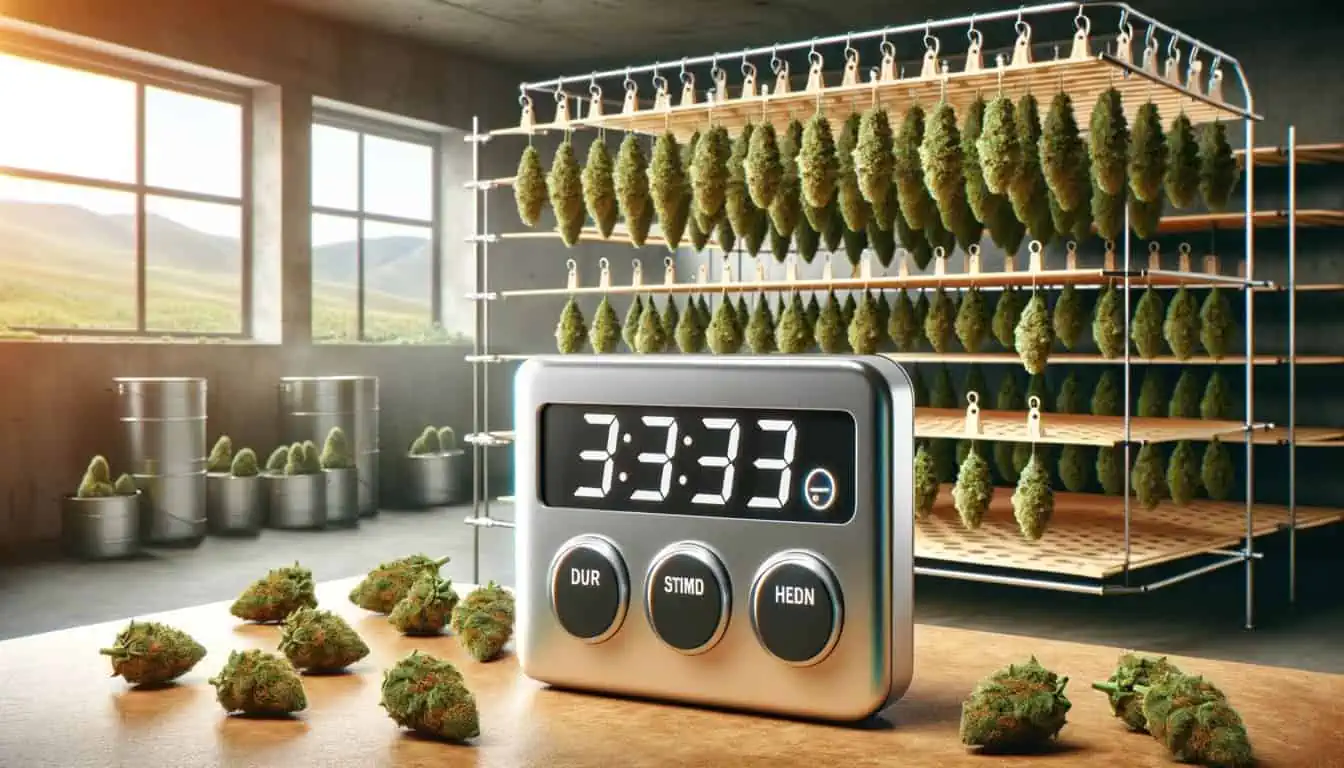
Common Mistakes in Drying Cannabis: Are You Making Them?
Properly drying cannabis is a crucial step in achieving high-quality buds, but it is also an area where many growers make common mistakes. These mistakes can have a significant impact on the final product, leading to a loss of potency, flavor, and overall quality. By avoiding these pitfalls, growers can ensure that their cannabis buds reach their full potential.
- Rushing the Drying Process:
One common mistake is rushing the drying process in an attempt to speed up the harvest. This can result in uneven drying and a harsh smoke. It is important to be patient and allow the buds to dry at a slow and steady pace to ensure a proper curing process. - Improper Ventilation:
Insufficient ventilation during the drying process can lead to issues such as mold and mildew. It is crucial to provide proper airflow by using fans or dehumidifiers to prevent moisture buildup. Adequate ventilation helps to maintain the integrity of the buds and reduces the risk of any unwanted contaminants. - Overdrying the Buds:
Overdrying is another common mistake that can result in brittle and flavorless buds. It is important to monitor the moisture content regularly and remove the buds from the drying environment once they reach the desired moisture level. This will help preserve the potency and flavor of the cannabis.
Ensuring Quality in Drying: How?
Ensuring quality in the drying process is essential to produce top-notch cannabis buds. To achieve this, there are several key factors to consider.
Firstly, maintaining the ideal temperature and humidity levels is crucial. The recommended temperature for drying cannabis buds is around 60-70 degrees Fahrenheit, while the humidity should be kept between 45-55%. These optimal conditions help to preserve the terpenes and cannabinoids, which are responsible for the aroma, flavor, and potency of the buds.
Secondly, proper handling of the buds is essential to prevent damage and maintain quality. It is important to handle the buds gently and avoid excessive touching or squeezing, as this can lead to trichome loss and decreased potency. Additionally, using clean and sanitized equipment during the drying process helps to prevent contamination and maintain the overall quality of the buds.
Furthermore, monitoring the drying progress is crucial. Regularly checking the moisture content of the buds using a hygrometer can help determine when they are ready for the next stage. Buds that are too damp can lead to mold and mildew, while buds that are too dry can result in a harsh smoking experience. Striking the right balance is key.
Finally, patience is a virtue when it comes to drying cannabis. Rushing the process can compromise the quality of the buds. It is recommended to allow the buds to dry for a minimum of 7-10 days, although some strains may require longer drying times. Properly dried buds should have a crisp exterior and a slightly spongy texture when squeezed.

The Art of Curing: What Role Does it Play in Drying?
Curing is an essential step in the drying process that plays a significant role in enhancing the overall quality of cannabis buds. While drying removes the majority of moisture from the buds, curing allows for a slow and controlled release of any remaining moisture.
During the curing process, the buds are placed in airtight containers, such as glass jars, which create a controlled microenvironment. This controlled environment allows for the preservation of terpenes, which are responsible for the unique flavors and aromas of different strains. Additionally, curing helps to further break down chlorophyll and other plant matter, resulting in a smoother and more enjoyable smoking experience.
Curing also allows the buds to develop their full potential in terms of potency. As the moisture inside the buds slowly evaporates during the curing process, the chemical compounds inside the buds undergo a process called decarboxylation. This process converts inactive cannabinoids into their active forms, increasing the overall potency of the buds.
The duration of the curing process can vary depending on personal preference and the strain of cannabis. However, it is generally recommended to cure the buds for a minimum of two weeks, with some enthusiasts opting for longer periods of several months. Regularly opening the jars to release excess moisture and exchanging the air inside is crucial during the curing process.
Properly cured buds should have a slightly sticky texture, indicating the preservation of essential oils and resin. The flavors and aromas should be well-developed, with a smooth smoke and a pleasant aftertaste. Curing not only improves the quality of the buds but also enhances their shelf life, allowing them to be stored for longer periods without losing their potency.
Quality Cannabis Buds: What Do They Look Like?
When it comes to identifying quality cannabis buds, there are a few key characteristics to look for. Firstly, the buds should have a dense and compact structure, indicating a well-developed flower. The presence of tightly packed calyxes, which are the small structures that house the plant’s resin glands, is a sign of a high-quality bud.
Secondly, quality buds should be covered in a thick layer of resin. This resin, also known as trichomes, contains the cannabinoids and terpenes that give cannabis its potent effects and distinctive flavors. A bud with a generous coating of resin indicates a higher concentration of these valuable compounds.
In terms of color, the quality of buds can vary depending on the strain. However, vibrant hues are generally a good sign. Healthy buds may display shades of green, purple, or orange, indicating the presence of various pigments and terpenes. Avoid buds with dark or brown spots, as this can be a sign of mold or improper drying.
Aroma is another important factor in determining the quality of cannabis buds. High-quality buds should have a strong and distinctive smell that is indicative of their strain. Each strain has its unique aroma profile, ranging from citrusy and fruity to earthy and skunky. The aroma should be pleasant and potent, giving a hint of the flavors that will be experienced when consumed.
Finally, quality buds should have a moderate level of moisture. They should be slightly sticky to the touch, without being too wet or too dry. Buds that are too moist can be prone to mold growth, while overly dry buds may crumble and lose potency.
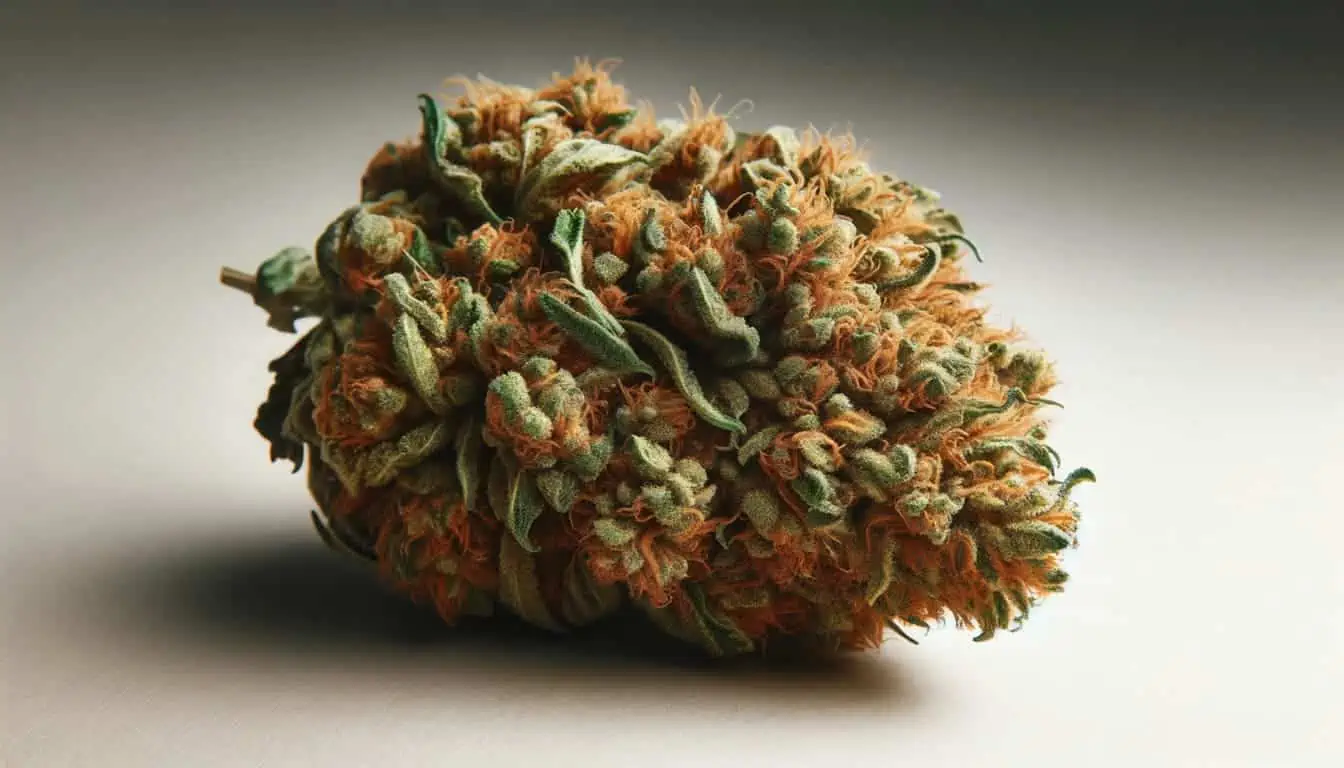
Drying Cannabis Best Practices:
| Practice | Importance | Condition | Duration |
|---|---|---|---|
| Maintaining the humidity level | Critical | 30-50% humidity | 2-7 days |
| Controlling temperature | Essential | 20-25°C | 2-7 days |
| Avoiding direct sunlight | High | Dark, cool environment | 2-7 days |
| Using glass jars | Very high | Airtight jars with humidity packs | 2-7 days |
In conclusion, the process of drying cannabis is critical for the quality of the final product. Understanding the best practices and avoiding common mistakes is key. By following the guidelines in this comprehensive guide, growers can ensure they produce top-tier quality cannabis buds.

